Learn the truth about the car: 10 best VIN decoders
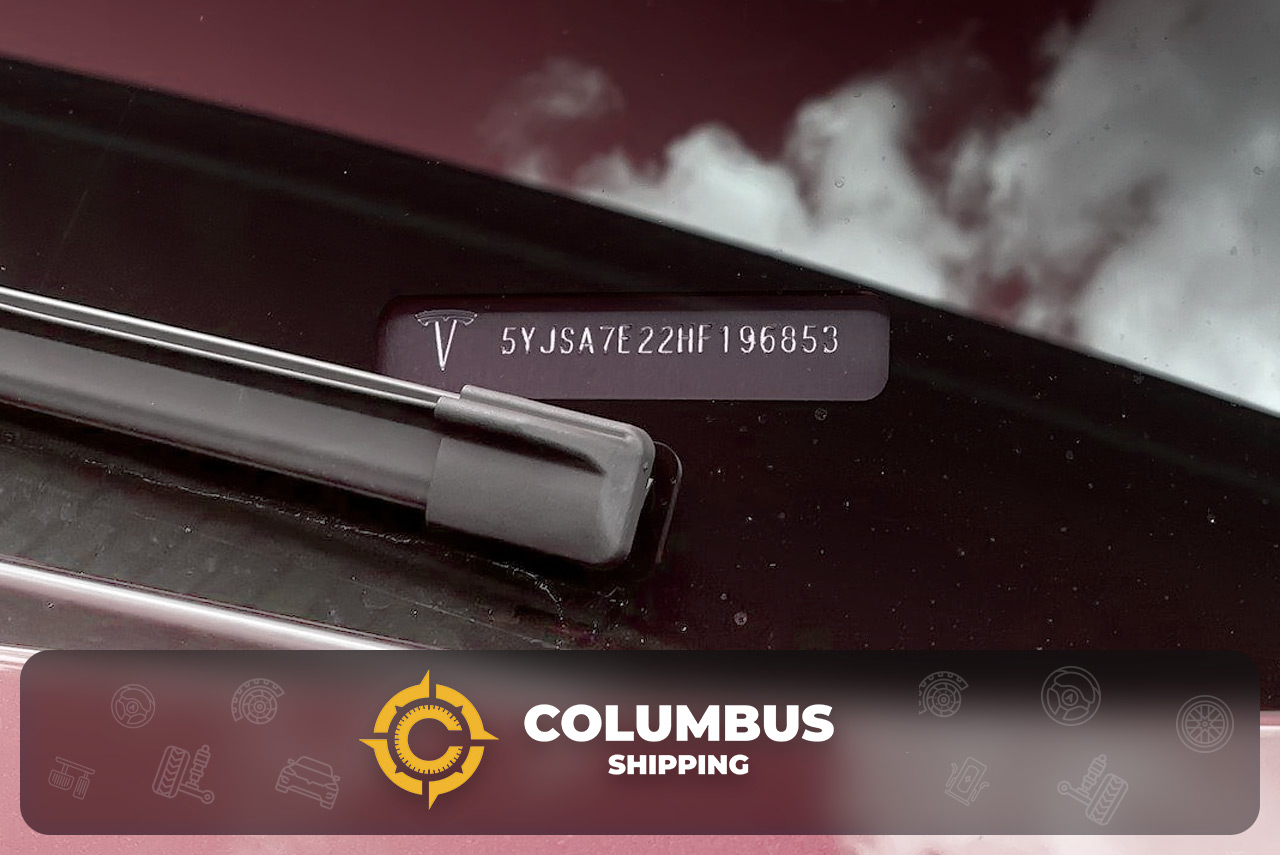
Before buying a used vehicle, we wish to know all we can about it: technical condition, operating history and insurance history, mileage, court decisions in regard to the vehicle. The easiest way to get the information on the car is to carry out the VIN search. In this article, Columbus and Picket-lint experts reveal ten VIN decoders they believe to be the best out there.
What is the VIN?
Up till the 1950s, every car manufacturer had a system of their own to identify vehicles. This made the lives of swindlers easier, since they learned to manipulate the data. To bring the crime level down, the U.S. government called for the car makers to come up with a standardized format for vehicles identification in 1954.
Upon the long-lasting considerations, in 1980 only, the International Organization for Standardization (ISO) ratified a new 17-digit Vehicle Identification Number (VIN) international scheme. Since then, the VIN consists of numbers and letters to identify the car according to its serial number, model details, engine type etc.
Best VIN decoders
There are various tools to perform the VIN checks. Each of them has specificities and unique features of their own.
1. VinPit
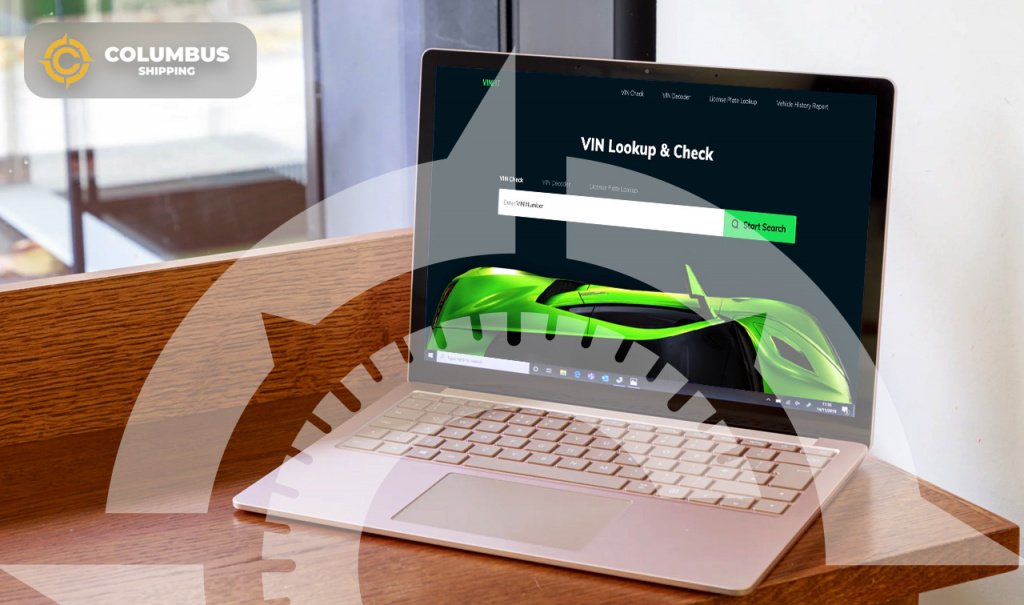
Web-platform that offers a bulk of data to facilitate the VIN check and decoding, search for license plates and vehicle operational history reports. Contains information about ownership of the vehicle, manufacturing location, the VIN authenticity, previous registrations. The comprehensive report includes data on accidents, repairs, court decisions regarding the vehicle. This tool helps both the buyer and the dealer by determining the updated market value of the car.
2. CARFAX
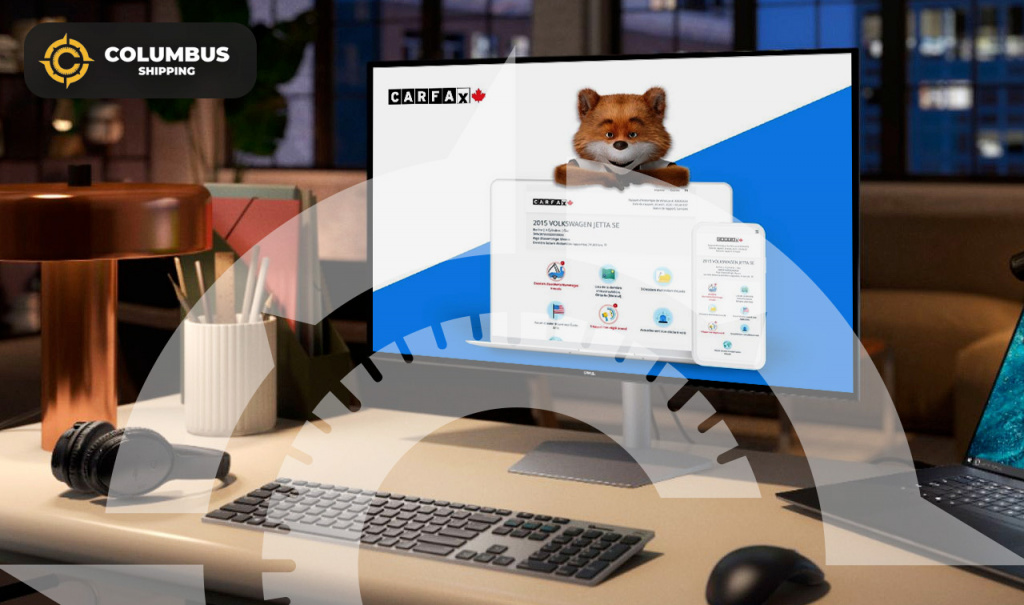
CARFAX is one of the largest cross-border databases in the world with over 22 billion (!) records. At the same time, the company is limited to collection of data on purchase of second-hand vehicles bought after 1981 in the United States and Canada. The stats are acquired from over 100,000 various sources falling into the U.S. and Canada automotive services domain: police departments, repair shops, insurance companies, auctions etc.
The information in the reports is based on official records only. CARFAX, however, does not guarantee they are complete. With this in mind, when buying a car (especially off the auction), it’s recommended to seek help of specialists, who can personally examine the vehicle, or/and conduct a test-drive.
3. AutoCheck
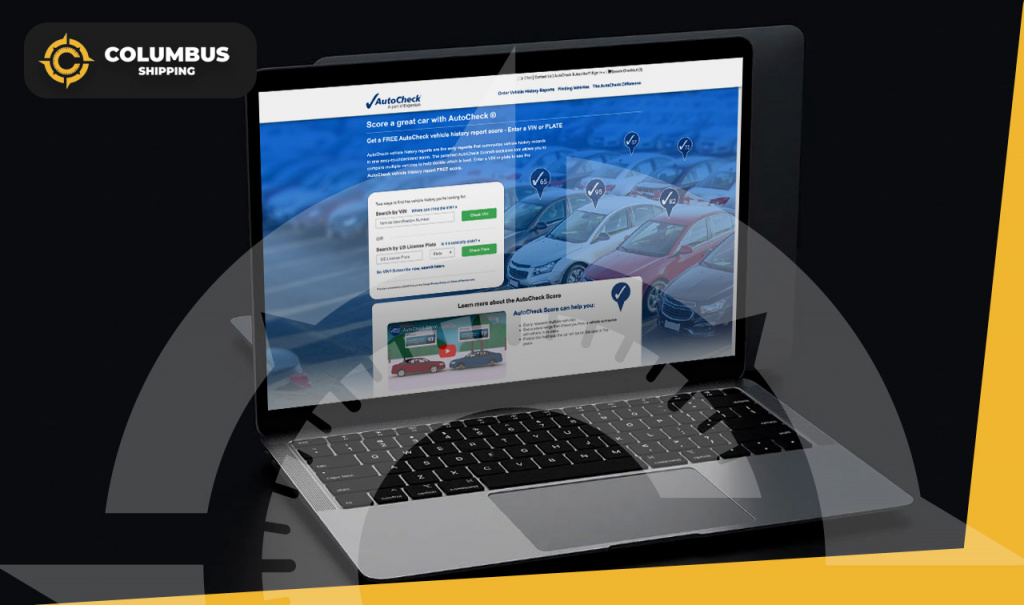
Automatic information platform for the VIN search. Has access to over 500 million cars in the National Vehicle Database. Helps with choosing between two vehicles by rating them on a scale from 1 to 100. At the same time, the year of manufacture, model, mileage, records of rent/car accidents, horsepower, and even CO2 exhaust levels are compared. However, AutoCheck has no information on the technical maintenance of the vehicle.
4. CarVertical
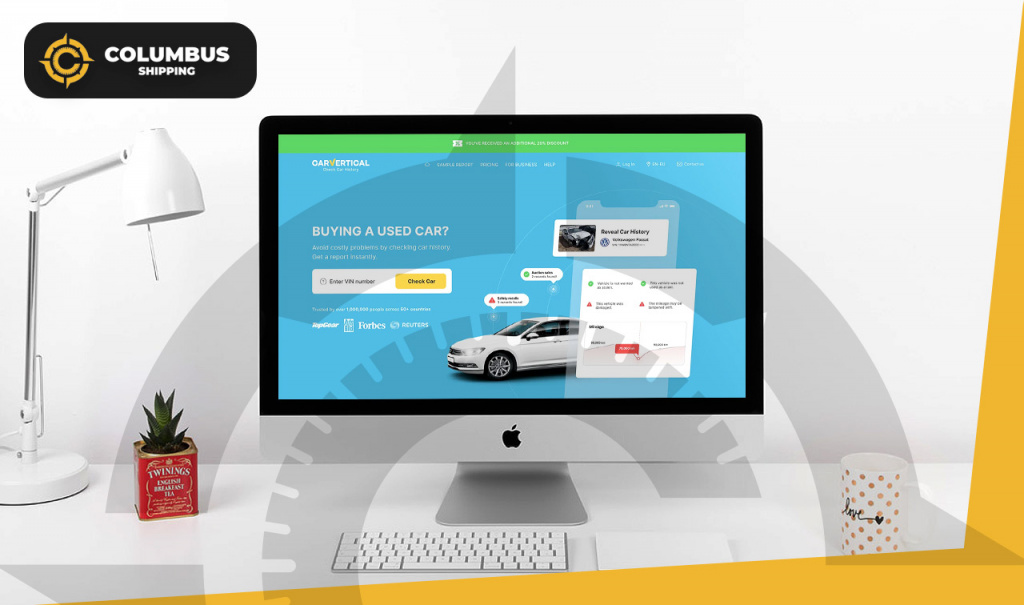
This platform designed a blockchain-based VIN search model, which is used in filing vehicle reports. Decoder collects data from multiple global databases (including the national and private registers, insurance and fire department records, automotive auctions etc.), matching it with National Motor Vehicle Title Information System (NMVTIS) with real-time data from the car market. Blockchain technology verifies the information and secures the validity of the VIN reports.
5. EpicVIN
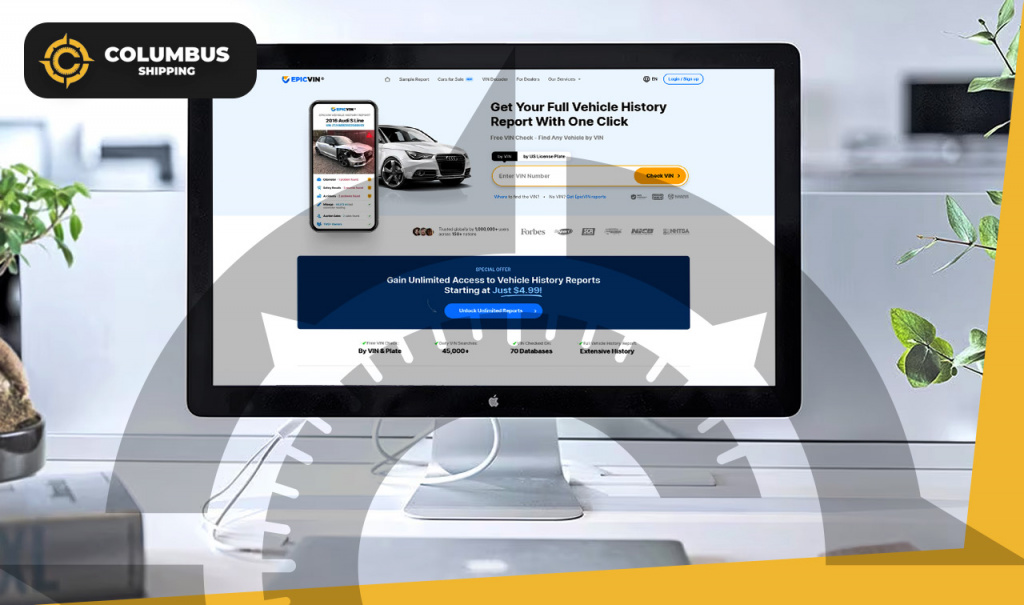
EpicVIN is a secure platform that offers verified information in real time. Its archive contains over 40 million vehicle records. The service provides data from NMVTIS, the single largest database in the United States. All the stats (year of manufacture, make of the vehicle, engine type) are double-checked. Although the website of this platform leaves much to be desired – the complexity of the user interface in particular – the service gets the job done.
6. Bumper
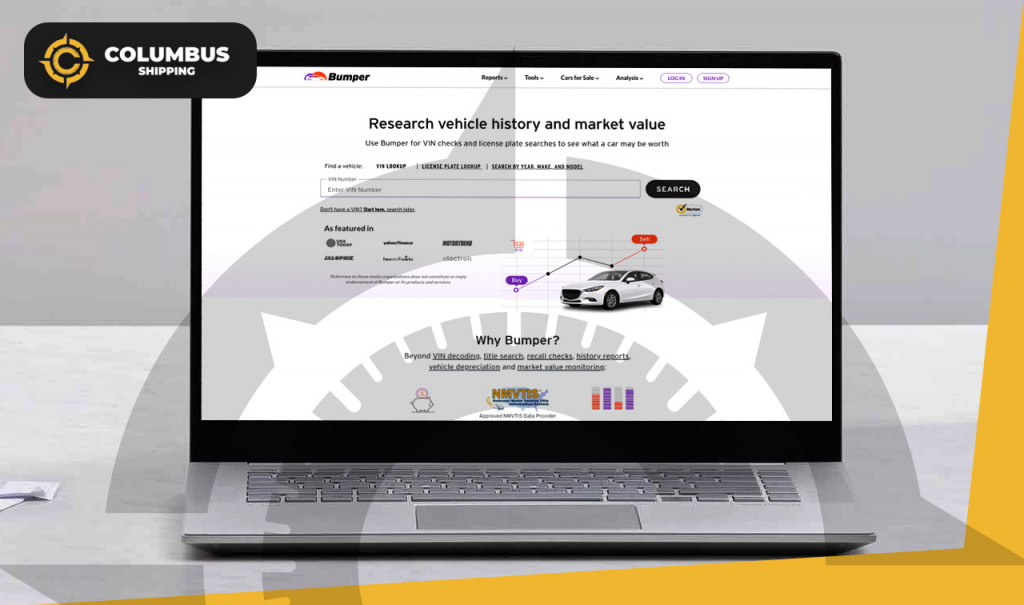
Web-tool designed to check the vehicle’s VIN. It collects and offers information of damages to the car, which are collected from 22 state agencies. Moreover, it collects data from many other sources, like salvage auctions, tow truck services’ records, scrap yards and insurance companies.
The reports contain information on vehicle ownership, sales listings, accidents and write-off reports, market value estimates etc.
7. ClearVin
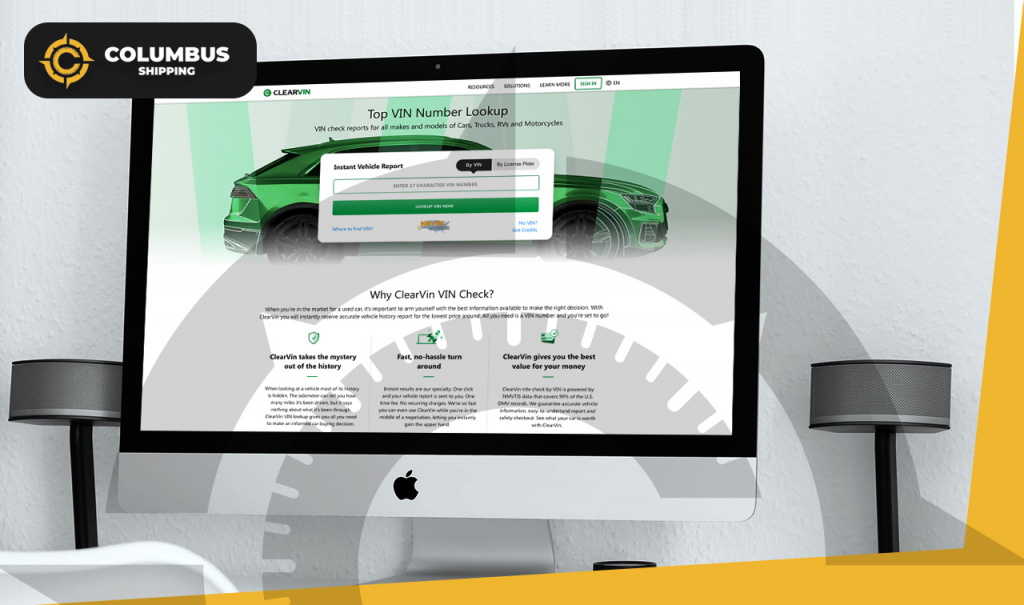
Paid platform for the VIN decoding. Works closely with several automotive companies to deliver accurate vehicle reports to their customers. Employs data from NMVTIS, matching it with data from state and financial institutions, local authorities.
Informs on the ownership status, previous vehicle ownership, credit and insurance history. Reports on the repair at the service stations, vehicle recalls and break-ins are also included. Nevertheless, this stool still lacks speed and up-to-date data to compete with other platforms on the market.
8. Cebia
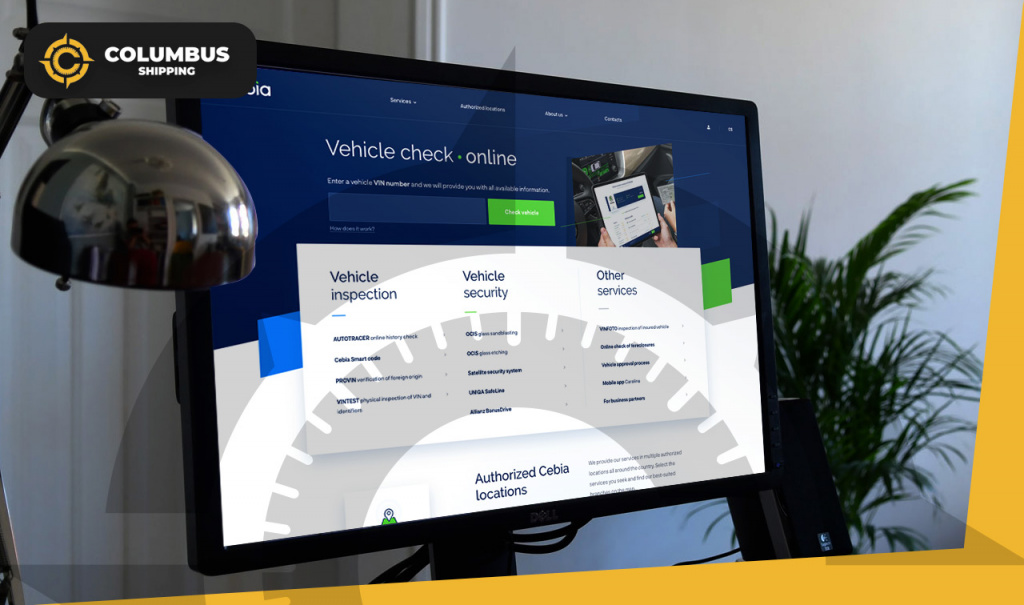
Reliable VIN check application, especially in regard to second-hand vehicles. It reveals the involvement of the vehicle in illegal activities, provides standard data on the car’s model with support from Autotracer system. Works closely with reliable partners, namely car dealers, retailers and importers, and also insurance and leasing service providers. Archive contains over a billion of car records.
Cebia is particularly helpful if you require information from the Czech Republic and Slovakia. The data from other markets is not as comprehensive.
9. VinFreeCheck
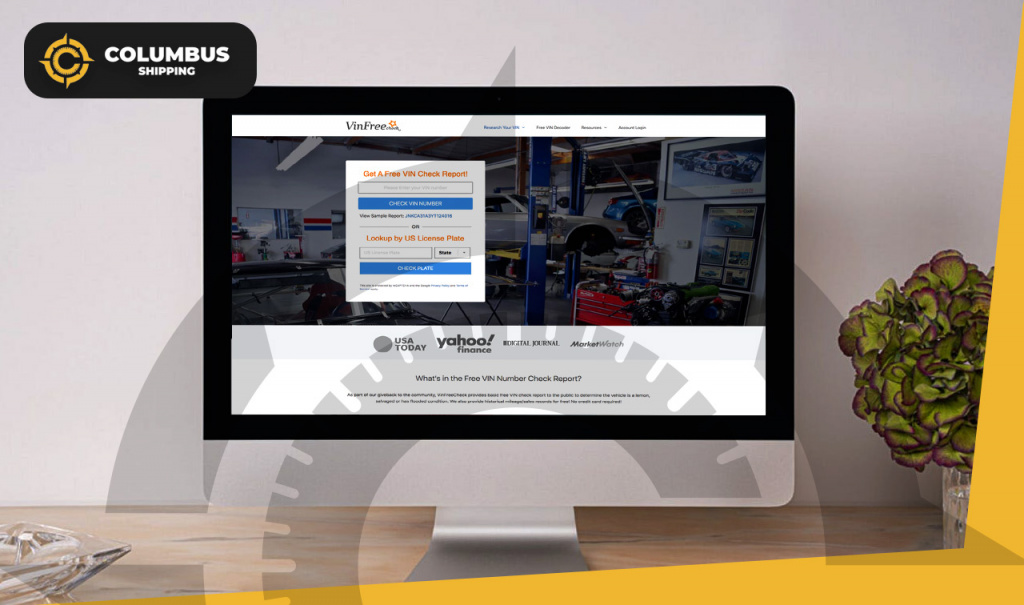
Free and easy-to-use basic VIN search. Cooperates with industry-leading agencies, like NHTSA and NMVTIS, to provide extensive information on vehicles’ makes, their body types, models etc. Contains reports on fraud, repair works carried out, accidents on the road. The free VIN check offers only basic data on the vehicle. Only premium users have access to information about mileage/odometer readings, accidents, floods and other truly valuable information.
10. AutoDNA
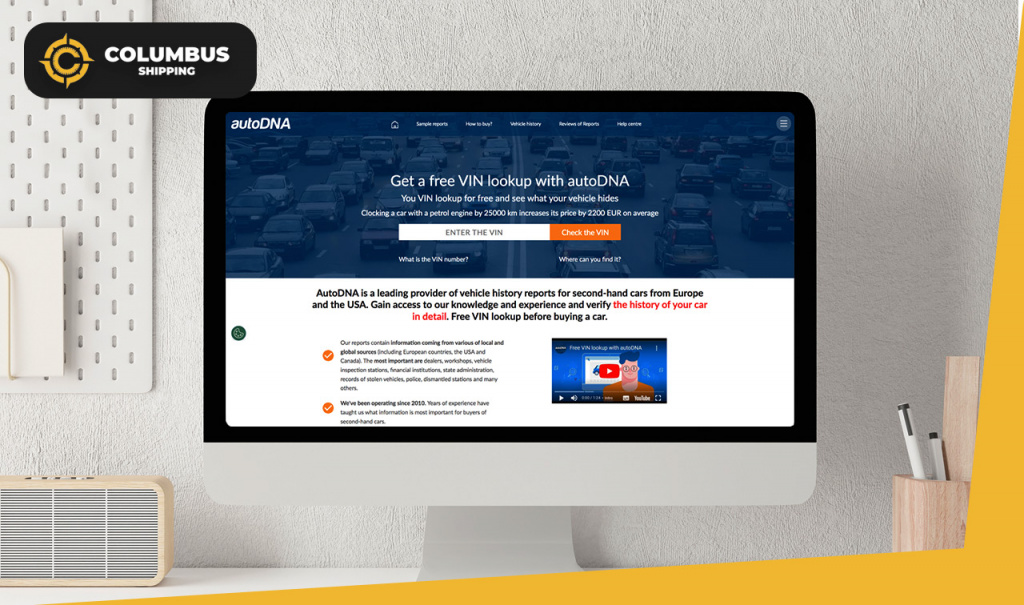
In collaboration with AutoCheck, offers an Experian-based vehicle VIN verification service. Platform analyzes millions of databases and comes up with rounded VIN check results from the world’s major vehicle documentation providers. AutoDNA database contains over 4 trillion (!) stats about half a billion cars.
One of the key advantages of using autoDNA is that it offers data on used vehicles from the U.S. and Europe. Hence, the platform can facilitate the comparison of cars from various markets.
Where does the free VIN decoder draw its data from?
Usually, from several locations. One of the most trustworthy and reliable is National Highway Traffic Safety Administration (NHTSA). The stated goal of this state agency is to make the roads safer for driving, prevent vehicle theft and further illegal re-sale, sift through the vehicles deemed dangerous to operate.
Moreover, the U.S. government bestowed obligations on automobile industry associations and business structures in the United States to forward data on vehicles to NMVTIS (National Motor Vehicle Title Information System). This information system has formed a database of its own, made of state automobile registration associations, insurance agencies, scrap metal warehouses, and automobile recyclers.
NMVTIS lets consumers find data on the designation of a car, latest odometer readings, thefts, and find out the history of the make and model (but not the history of maintenance or repair works).
The VIN search tools are updated constantly; each submitted report is checked against available data.
Why is it necessary to check the VIN before buying a car?
The VIN contains complete information on the car. If not checked beforehand, one can purchase a vehicle with a criminal record or unfit to operate. Keep in mind that a dealer can resort to fraud by changing the odometer readings. As they say in America, «the less you read, the more you pay». If one performs the VIN check before the deal is struck, additional expenses and disappointment can be avoided.
How to use the free VIN check from NICB?
National Insurance Crime Bureau (NICB) offers a simplified and totally free-of-charge VIN check procedure, which provides information on the state of the vehicle. This comes in particularly handy when establishing whether the vehicle has been previously stolen, rescued/towed, or has been involved in accidents. Sadly, the number of the VIN searches from the same IP-address is limited to five per day. The VIN search can be conducted this way:
- Step 1. Go to NICB website and insert the VIN in the search bar.
- Step 2. Check «I accept terms and agreements» and «I am not a robot» boxes.
- Step 3. Use «VIN search» option.
The vehicle details will appear on your screen.
Conclusions
The VIN check decreases chances of buying a faulty or troublesome vehicle. However, as you had a chance to see, every decoder has its own drawbacks along with advantages. On-site vehicle examination combined with professional check-up can provide a reliable result.
Columbus specialists have been consulting clients for over a decade now, and have assisted in selection and inspection of cars in the United States and Canada; they know full well all strong and weak points of the VIN decoders, they have developed efficient check-lists for vehicle check-ups that are based on personal experience. Should you come to Columbus, you will have two unique options available to you:
-
On-site inspection of the vehicle by professional mechanic on the U.S. soil with additional photo report.
-
FREE search of the vehicle through several VIN decoders and company’s own check-lists. This is not a basic level, but a full-on, extensive check-up, which is a paid option on many platforms. Columbus – when you need a ride that won’t fail!
Appendix.
Where do you find the car’s VIN?
The most common place to check the car’s VIN:
-
Dashboard next to windshield on the driver’s side.
-
Driver’s side door jamb.
-
Door sill plate.
-
Under the hood of the car (on the cylinder’s block, on the partition between engine and passenger compartments).
-
On the steering wheel.
-
On the windshield.
-
Inside body panels and other key components.
Besides, the VIN is always listed in vehicle ownership documents, insurance cards, registration cards etc.
How to decipher the vehicle’s VIN?
The VIN consists of 17 characters, namely Latin letters and numbers. Each character indicates information regarding some specific feature of the car: country and place of manufacture, manufacture date, technical specifications etc.
It consists of three parts: WMI, VDS, VIS.
-
WMI, or World Manufacturers Identification, is characters 1 through 3 of the code;
-
VDS, or Vehicle Description Section, is characters 4 through 9 of the code;
-
VIS, or Vehicle Identification Section, is a distinctive part, characters 10 through 17 of the VIN.
1. WMI
WMI is an international manufacturer’s code, made of three characters (letters or numbers). The first one designates geographical area, the second – the country inside this area, the third – specific manufacturer (occasionally, the type of the vehicle).
If the manufacturer makes under 500 vehicles per year, the third character of the code is 9.
The first character of WMI is a letter or number indicating a geographical area code. Each of the zones has several indicative characters:
-
A to H – Africa;
-
J to R – Asia;
-
S to Z – Europe;
-
1 to 5 – North America;
-
6 to 7 – Oceania;
-
8 to 9 – South America.
The second character (country code) is a letter or a number that indicates a country of manufacture.
The third character, a letter or a number, is assigned to manufacturer by the national organization. It can also indicate the type of a vehicle or a specific production unit.
Number 9 is used as the third character when a car maker manufactures under 500 vehicles per year.
2. VDS
The second part of the VIN is a descriptor of the vehicle.
Characters 4, 5, 6, 7 and 8 are used to identify the type of the vehicle, and describe the characteristics of the car:
-
model line,
-
body type,
-
engine type,
-
steering wheel position,
-
fuel system and transmission type,
-
drive,
-
etc.
Every manufacturer has their own set of parameters, their own sequence and their own unique designators.
In most cases, the eighth character is used to indicate the engine type. Unused slots are filled in with characters at manufacturer’s discretion.
The nineth character among the car makers of the U.S. and China (and also those who export cars to the U.S.) is a control number, which is a deterrent of sorts to prevent the VIN forging. European, Japanese and Korean companies do not adhere to the standard at all times, and they use this symbol for additional information on the vehicle.
3. VIS
The third part of the VIN, Vehicle Identification Section (VIS), consists of 8 digits, with the last 4 always being numbers. Information on the model year and manufacture facility is not strictly mandated, and is mostly a recommendation.
The tenth character of the VIN usually indicates the model year of the vehicle.
One needs to remember, however, that a model year may be significantly ahead of the calendar year, and start not from January 1, but from August, like Audi does, for example.
Some car makers, like Renault, Mercedes-Benz, Toyota, do not even put in the model year in the VIN at all. The year of manufacture is listed on a plate on the body. Nonetheless, all vehicles manufactured for the American market are marked according to the standard.
How they forge the VINs
In order to steer clear from fraudsters, one should know the basic methods and signs of the forged VINs.
The culprits:
-
remove or replace parts or entire nameplates;
-
add elements to characters that bear similarities to other characters (for instance, 1 becomes 4, 6 or 3 become 8);
-
smelt in «extra» elements, and turn 4 into 1, 8 into 3 or 6, for example.
Signs of the forged VINs
-
traces of surface treatment and remnants of putty residues on the nameplates;
-
increased thickness of coating or panel;
-
welding stitches on the nameplates;
-
nameplate inconsistency with its flip side;
-
unclear writing of characters, vertical and horizontal displacement of characters;
-
varying depth of characters;
-
extraneous strokes and differences in execution of identical characters;
-
differences of paint and varnish coating of the nameplates and adjacent areas.
Help in the service




















